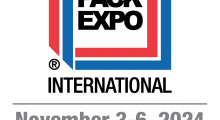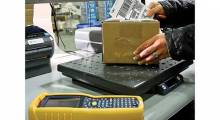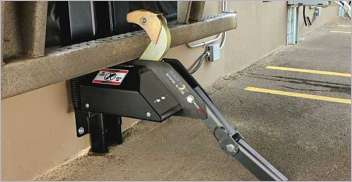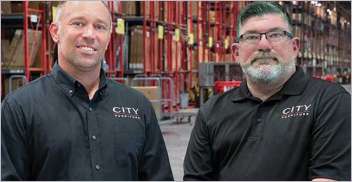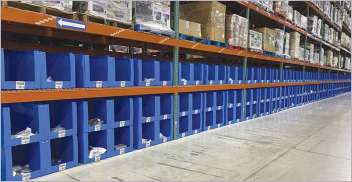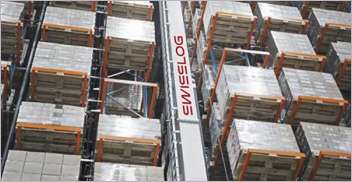Editor’s Note: The following column by Kristen Howard, business development manager for ID Label, is part of Modern’s Other Voices column. The series features ideas, opinions and insights from end-users, analysts, systems integrators and OEMs. Click here to learn about submitting a column for consideration.
———
Signs are an important part of a smoothly running warehouse or distribution center. They help workers quickly identify aisles and locations, they support operational accuracy and efficiency, and they help to improve safety and reduce injuries.
For this article I’d like to focus on bulk location signage and some of the design and installation options available to warehouse managers.
Bulk storage areas in a warehouse or DC are where certain equipment, supplies or raw goods are stored as part of a facility’s fulfillment or manufacturing operations. They’re often stored in their original containers, as they were received. This might be drums, cases on pallets, crates or other bulky items that wouldn’t normally be stored in a rack bay location.
Properly identifying bulk storage areas can be a little more challenging than simply applying barcode labels to rack bay locations. Overhead signs are highly recommended for identifying and managing bulk storage inventory. They typically contain a barcode image and human-readable numbers or letters.
For operations that can accommodate long-range mobile scanning, retro-reflective graphics are used for optimum scan accuracy. Many of today’s scanners can read 1D or 2D barcode images up to 50 feet away. This means workers can quickly and safely scan bulk locations without leaving their lift trucks.
For areas in a facility where overhead signs aren’t an option, durable floor labels or aluminum floor labeling kits are an alternative to consider.
Warehouse signs are available in a variety of shapes, designs and materials. The most common material is a lightweight, rigid PVC. It’s durable and cost effective. Coroplast and anodized aluminum are also options, depending on the environment. Overhead barcode signs are typically bent so that they angle down for scanning convenience.
A “Z” design is very popular for bulk storage areas. It allows workers to scan the barcode from either side, which maximizes speed and efficiency. Custom colors and designs are also options to consider when discussing warehouse signs with your vendor.
Overhead sign installation can easily accommodate a building’s infrastructure. Typically, signs are hung from conduit or metal cabling. They might also be mounted to existing joists or fixtures, where possible.
It takes experience, knowledge and specialized equipment to accurately and safely hang signs, so consider hiring a professional crew. If it’s a new facility, they can take care of installing both the signs and rack labels. You’ll have peace of mind knowing the installation will be done right, and you can focus on the other critical aspects of meeting your go-live date.
Article topics


